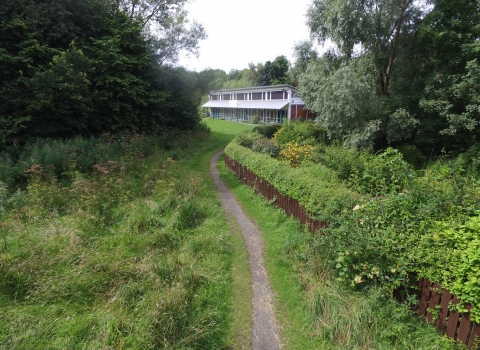Fencerhill Wood. Image: NWT.
Fencerhill Wood
Know before you go
Dogs
When to visit
Opening times
24/7/365Best time to visit
Spring and autumnAbout the reserve
The site, situated next to a small tributary of the Ouseburn, in Whitebridge Park contains a woodland area with a mix of tree species including oak, ash, willow and lime. The non-native sycamore is also present and, while seedlings are discouraged to prevent this tree taking over, the large specimens in the centre will remain.
The reserve is well used by foxes, badgers and deer and a wide range of woodland and wetland birds nest in the reserve. The great spotted woodpecker is a regular visitor to the site searching for insects in dead and decaying wood. Common garden birds such as blackbird, robin, great tit and blue tit nest in the wood with the summer visiting chiff-chaff also present. The wet area contains stands of greater reedmace (more commonly known as bulrush) and there is now a pond-dipping platform. Large areas of Himalayan balsam, a non-native plant, which shades out native species are present and can help cause riverbank erosion. Some control of this plant is undertaken in the summer months. The small woodland reserve was acquired when it was handed over to the Trust as part of the mitigation for a housing development.

